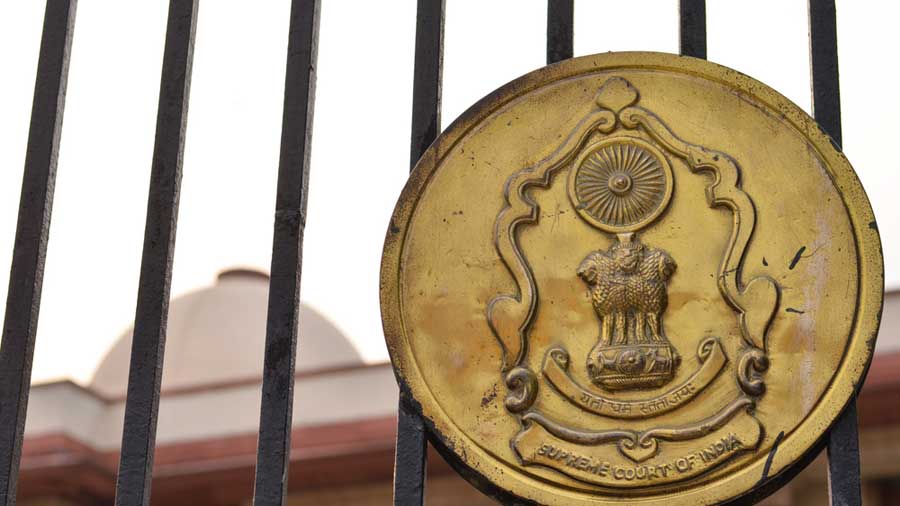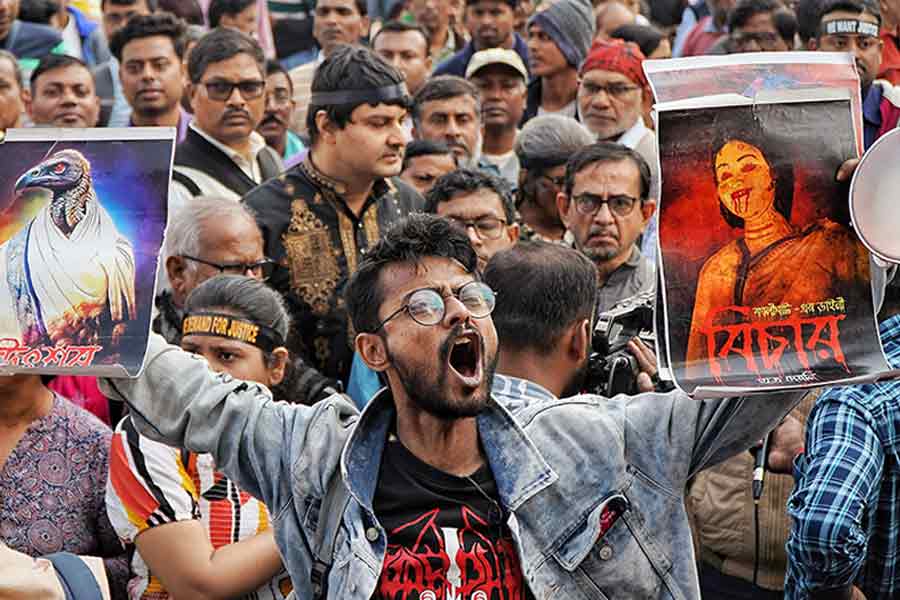The lack of an adequate number of judges in Indian courts has become a matter of great urgency. The years seem to be deepening the lack: reportedly, 454 vacancies remained in the high courts and the Supreme Court in July 2021 after 66 judges were appointed in 2020, fewer than 81 in 2019 and 108 in 2018. Perhaps this urgency prompted the Supreme Court Bar Association to propose that high court judges be chosen from advocates practising in the Supreme Court. The SCBA reportedly formed a ‘search committee’ that sent to the Chief Justice of India 48 names for elevation to indicated high courts. Reports that the CJI had ‘acceded’ to the proposal, however, have not been welcomed by high courts although the CJI’s office has reportedly not made any comment.
While deploring the media’s haste in reporting that nine new Supreme Court judges have been listed, the CJI reportedly said that the appointment of judges is sacrosanct. Besides, there is a long-felt need for transparency and merit; these principles can minimize political interference. These would also apply to high court judges. The high courts’ objections to the SCBA’s list spring from its apparent overriding of the constitutionally and legally approved system. The chief justice of a high court, in consultation with two of the court’s seniormost judges, and sometimes with a suggestion from the state’s chief minister, sends up the names for judges’ appointments to the CJI. Lawyers who have practised for 10 years in a high court, or consecutively in two, would be eligible. The CJI, with the two seniormost Supreme Court judges, approves or rejects the list, or defers approval. Once approved, the names go up to the government. High court bar associations reportedly objected to what seems a flouting of this system, and to the SCBA’s description of Supreme Court advocates as more meritorious than those in the high courts. Also, they felt, practising in the Supreme Court is not the same as 10 years of high court practice. The problem seems to lie in the perception of a hierarchy, and the suggestion that the power of high courts and states is being infringed. But an urgent need should not fall prey to conflicting perceptions tinged with suspicions of intra-institutional politics. Perhaps this will spur high courts to make their choices soon and frequently.











